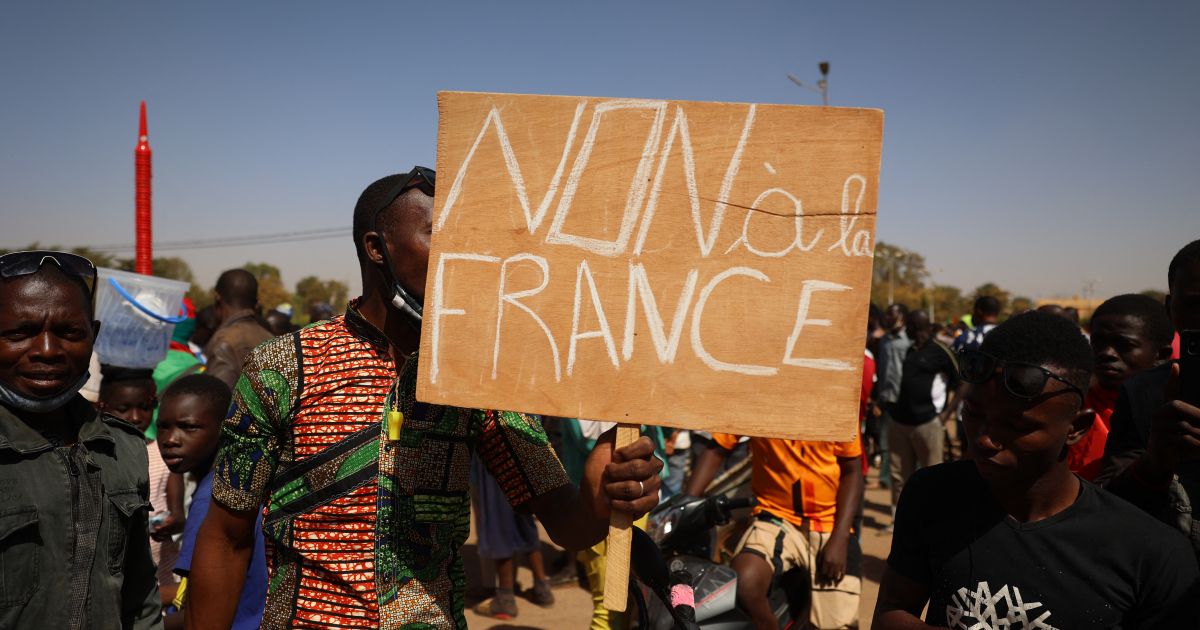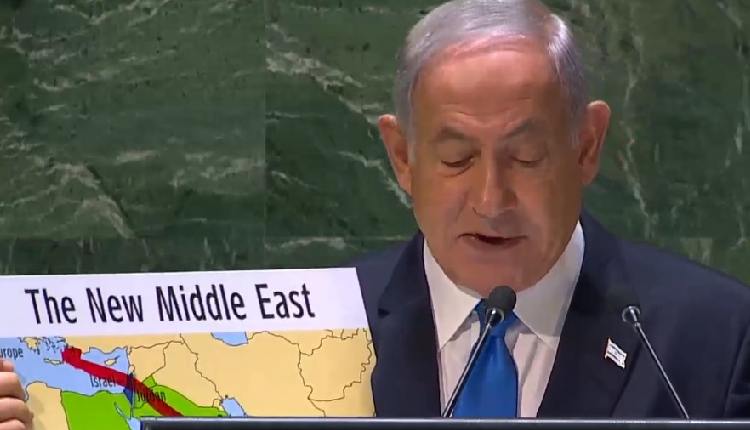
Casualties in the West African state are eclipsing those in its neighbour Mali, the birthplace of the conflict.
In 2014, when millions of Burkinabes ended the 27-year rule of Blaise Campaore by forcing him to step down, observers and analysts dubbed the occurrence West Africa’s version of the “Arab Spring”.
The following year, sustained nationwide protests also deterred an elite force he founded to stage a coup against the interim government. As Roch Marc Christian Kabore was elected as president in the 2015 elections, hopeful masses were chanting, “nothing will be like before.”
Little did they know what was coming.
What started as a rebellion in neighbouring Mali by marginalised Tuaregs in 2012 has now set the entire Sahel region ablaze. By tapping into deep-seated tensions among communities, under-governed spaces and security issues, various armed groups linked to al-Qaeda and ISIL (ISIS) are grabbing territories, controlling economic activities and triggering political instability.
Burkina Faso has had its fair share of the crisis, largely driven by the al-Qaeda-affiliated Jama’at Nusrat al-Islam wal-Muslimin (JNIM), the fastest-growing violent group in the world.
According to a recent UN report, almost one in every four people in Burkina Faso, a country of 20 million people, need urgent humanitarian assistance. An estimated 1.7 million people have also been displaced due to the insecurity.
Recent data shows that the landlocked country has now replaced Mali, the birthplace of the conflict in the Sahel, as the epicentre of the crisis.
According to the Armed Conflict Location & Event Data Project (ACLED), a leading aggregator of conflict statistics, a total of 1,315 events of organised political violence, including explosions and violence against civilians, were recorded in Burkina Faso last year. It was a twofold increase from 2020’s figures.
The increased wave of violence in 2021 led to at least 2,354 fatalities, exceeding that of Mali for the second time in the last three years.
“The level of militancy [in Burkina Faso] is not comparable to any of the neighbouring countries”, said Heni Nsaibia, senior researcher at ACLED.
Worse still, NGOs have said some donors are considering reducing funding for places like Burkina Faso by up to 70 percent to support their operations in Ukraine, as the Russian invasion continues. It could make access to basic healthcare services scarcer for displaced Burkinabes, they added.
A heavy-handed approach
Human rights groups have documented the Burkinabe military’s approach to quelling the conflict as far from exemplary. Last year, the army killed almost as many people as the al-Qaeda and ISIL-affiliated groups combined, according to Nsaibia.
The military has been accused of particularly targeting the nomadic Fulani (Peul) group. According to Human Rights Watch, 180 bodies identified as ethnic Fulani were found in mass graves in the northern town of Djibo between November 2019 and June 2020 – all allegedly killed by security forces.
“One way the violence has worsened is in the gap between the army’s ethnic/linguistic composition and the populations of the north they are engaging with,” Philippe Frowd, associate professor at the University of Ottawa, told Al Jazeera. “This is especially the case in relation to how the Peul populations in the north are treated by the army, who have a tendency to conflate them with the enemy writ large.”
Burkinabe security analyst Abdoul Aziz Azeibou says “the turning point” has been the use of self-defence groups and ethnic militias such as Koglweogo and Dozos by the military forces.
“Without being supervised or held accountable for the operations they carry out, the self-defence groups have committed serious abuses against Fulanis,” Azeibou told Al Jazeera.
The violence has exacerbated divisions along ethnic and religious fault lines leaving communities with little choice but to pick sides. Armed groups have exploited this in their recruitment drives.
Power grab
Experts say Burkina Faso has also become the epicentre of the conflict because armed groups are seeking to control the country’s gold mines and regional economic trade routes connecting other landlocked Sahel countries to the West African coast.
“These [gold] sites generate several million dollars a year, which is why militant groups try to keep their hands on them,” Azeibou told Al Jazeera. “As for the trade routes, militants not only try to use them to control the surrounding areas but also aim to reach regional economic hubs, seaports in coastal states via these routes.”
The political situation in Mali where soldiers staged two coups in a bid to cling to power has also escalated the violence in Burkina Faso.
“Malian forces significantly reduced their operations because the military has focused on staying in power rather than countering militants who have inflicted violence in large parts of the country”, Fahiraman Rodrigue Kone, senior Sahel researcher at the Institute for Security Studies told Al Jazeera.
Although violence has increasingly become frequent since 2018, two recent attacks shook the country to its core and brought major military and political implications.
Last June, at least 160 people were killed in an artisanal gold mine in the northeastern village of Solhan – one of the most gruesome episodes of violence the country has seen in recent times. The authorities alleged that the attack, claimed by JNIM, was perpetrated mostly by child soldiers between the ages of 12 and 14.
Due to public anger and mounting pressure by the opposition, President Kabore reshuffled the cabinet but that barely affected fighting on the ground.
Four months later, armed gunmen raided a police station in the northern town of Inata, killing 53 gendarmerie and three civilians. The internal memo sent by officers showed they had alerted the authorities for weeks that they had run out of food and equipment but received no support.
That attack tipped the scales as frustration across the ranks of the under-equipped and underfunded state forces reached boiling point.
An anti-government protest on January 22 was followed by mutiny in numerous barracks and within days, a group of uniformed officers announced on TV, guns in hand, that the government had been dissolved and the constitution suspended.
The coup leader Lieutenant-Colonel Paul-Henri Sandaogo Damiba said the security crisis “threatens the very foundations of our nation” and there was a need to “fight for [the country’s] territorial integrity, its recovery and its sovereignty”.
The 41-year-old Damiba had been appointed commander of the 3rd military region that covers eastern Burkina, one of the worst-hit areas, by Kabore after the Inata attack. In that role, he witnessed firsthand how stretched Burkinabe security forces were against highly mobile fighters.
Damiba, sworn in as a president last month, has signed a charter endorsing a three-year transition period ahead of a planned return to democracy in 2025.
Despite the vibrant civil society and diverse political scene, the Burkinabe military government has not faced mass public opposition, mostly due to the general sense of frustration with insecurity.
“Burkinabes seem to trust in the military and hope the junta will stem the violence. However, comparing the limited resources the army has, their expectations are too big”, Kone said.
On his part, Damiba has expressed willingness to maintain counterterrorism cooperation with France which has received a positive signal from Paris.
Entretien téléphonique avec mon homologue burkinabè, le colonel-major David Kabré pour échanger sur la coopération entre nos deux Armées.
Réaffirmation de la volonté 🇫🇷 d’aider le Burkina Faso à faire face à la menace terroriste pour la paix et la stabilité dans la région. pic.twitter.com/tTRQcv3sJ7 — Chef d’état-major des armées (@CEMA_FR) February 15, 2022
The exchange comes amidst a restructuring of French military presence in the region and rising anti-French sentiment due to a failure to stem the fighting despite deploying thousands of troops there for years.
In Mali, its Operation Barkhane and the European Union’s Task Force will be leaning on Niger and Burkina Faso for the counterterrorism operations in the region.
French withdrawal from Mali might be beneficial for Niger and Burkina Faso in the short term but could later result in complications due to “greater mobility for militants on the Malian side of the three-border zone”, said Frowd, referring to the trio. “The fates of these three states are intertwined,” he concluded.
Back in Ouagadougou the capital, Kone was reluctant to agree that the military restructuring could have a tangible effect on the Sahel.
“A decade of fighting in the Sahel proves that [a] military-focused strategy which includes no negotiations with armed groups and other counterterrorism options hasn’t worked,” he said. “It [the violence] can’t get worse than this because the situation is already worse.”







